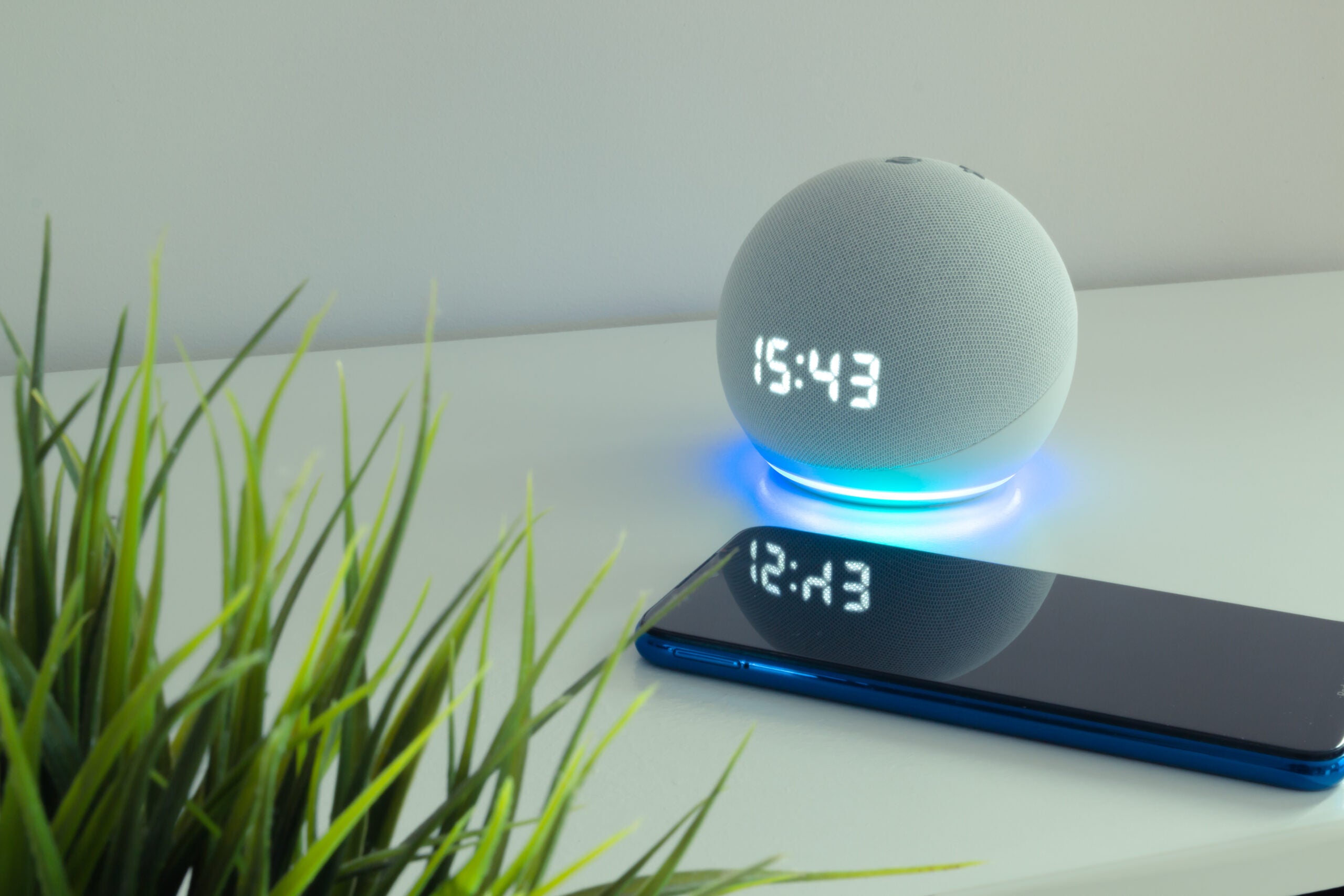Often mistaken for smart speakers, voice assistants are software resources that process verbal requests. Apple's Siri, Amazon Alexa, and Google Assistant are three popular voice assistants built into various things: speakers, watches, televisions, refrigerators, and more—an overview of their daily usefulness.
A bit of history
The presence of voice assistants in our lives is quite recent. It was in 2011 that the first voice assistant made available to the general public was born on iOS with Siri, then followed Alexa (Amazon) in 2014, Cortana (Microsoft) in 2015 and Google Assistant (Google) in 2016.
Facilitating basic actions
Voice assistants are mainly used to facilitate small everyday actions, such as consulting the weather, reading the news, or even finding the answer to a question, according to data reported by surveys carried out by the Académie de la Transformation Numérique (ATN) in Quebec and the Commission Nationale Informatique et Liberté (CNIL) in France.
In addition, the compatibility of smart home devices with voice assistants makes it possible to send them voice commands to simplify the execution of tasks while having your hands free. Thus, we can ask Alexa to adjust the set temperature of a thermostat or dim the lights.
Approximately 30% of Quebec adults own smart speakers. Among users, almost half use them to ask for the weather (49%), 40% use them to check the news and 23% to control other smart devices.

Most Sinopé Zigbee and Wi-Fi devices are compatible with Alexa voice assistants and Google Assistant through the GT130 gateway and the Neviweb application.
Sinopé Wi-Fi thermostats are also compatible with the Siri voice assistant through Apple Home.
Thus, you can interact with your Sinopé smart devices and assign instructions depending on the voice assistant used.
For example, you can ask, "Hey Siri, turn up the heat," "Alexa, set the dining room light to 60%," or "Hey Google, open the valve."
Our advice for the effective execution of voice commands by your assistants? Select different device and room names that are easily pronounceable or easily understood by your software resource, whether Siri, Alexa or Google Assistant. Does your assistant seem to stumble on an order? It may be because he has difficulty interpreting a word or phrase. Then try other names for your rooms and devices.
Additional resources:
Lastly, voice assistants can be a simpler and more efficient way to control various smart devices from different brands, typically controlled in different applications or management interfaces.
How voice assistants work
Deployed within a device (watch, phone, speaker), the voice assistant is on standby. Concretely, it is constantly listening. For this, a local memory buffer of a few seconds is used. However, it does not retain audio data or perform any operations until a specific keyword, such as "Hey Siri," "Alexa," or "Hey, Google," is heard.
When the keyword awakens the device, the device's listening channel is opened, and the voice information is recorded, transmitted and interpreted (intent) to answer the question asked. Once the answer has been transmitted, the device goes back to standby.

To improve privacy
As indicated by the CNIL, “once recorded, the interactions are likely to be listened to by people, employees or service providers of the company providing the voice assistant, intending to improve the various algorithms implemented.”
To improve the confidentiality of your exchanges, you can opt for devices equipped with a physical button allowing you to deactivate the microphone of the device when it is not used. You can also choose devices that perform information processing locally rather than remotely. Many other actions can be taken to better regulate the use of voice assistants.
The conclusion
Voice assistants are helpful since they allow us to obtain information or send commands to other smart devices in the home simply by making verbal requests. You can do more while having your hands free! Using a voice assistant is not trivial, however, and some actions can help improve the maintenance of privacy.



Partager:
Creating your smart home over time: 5 common mistakes that are easy to avoid
Our favourite new features in Neviweb